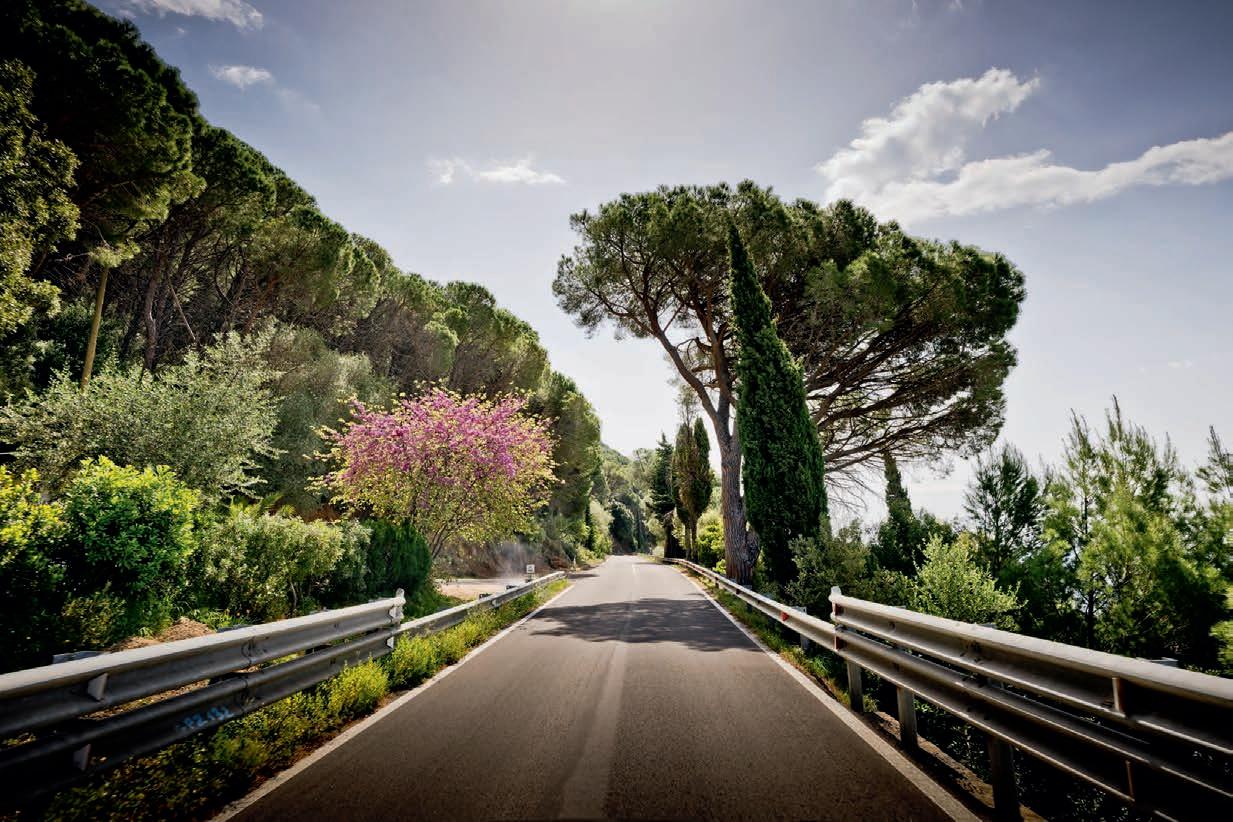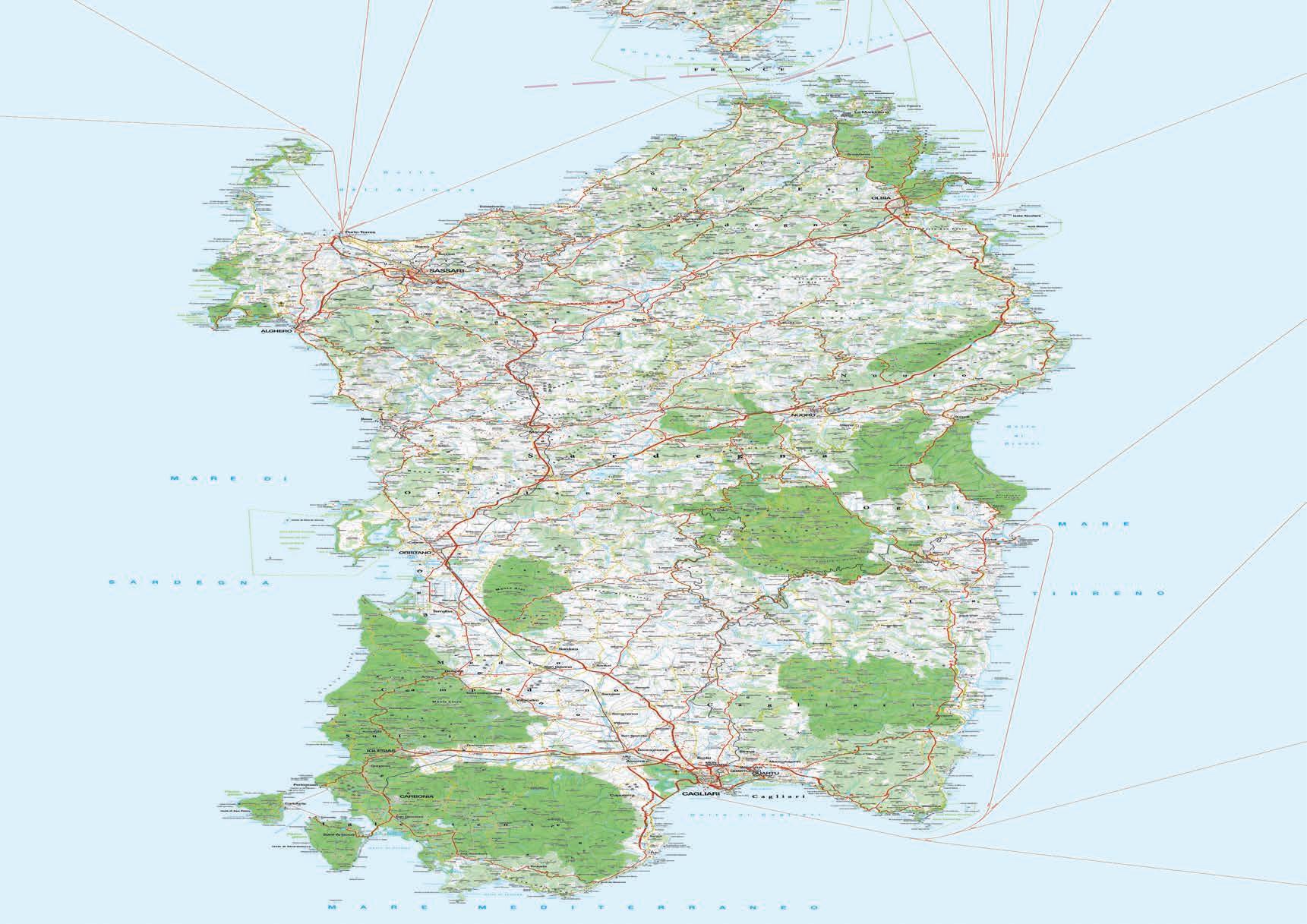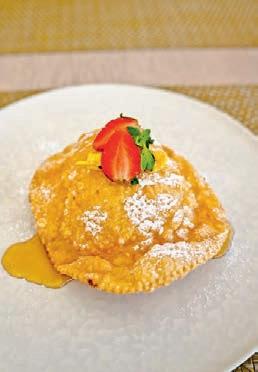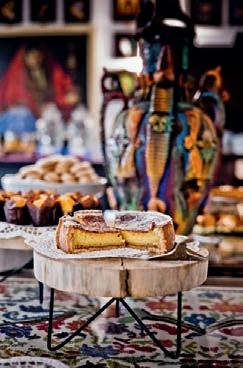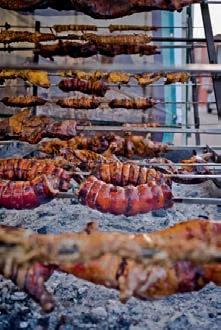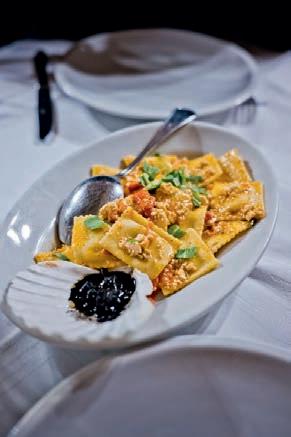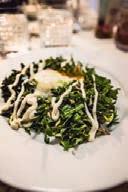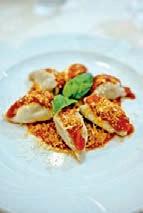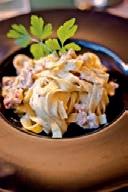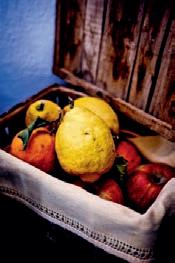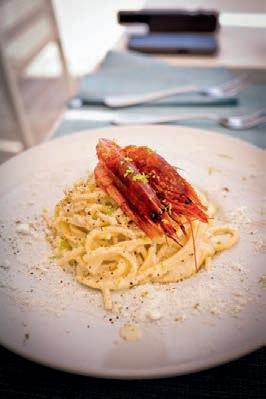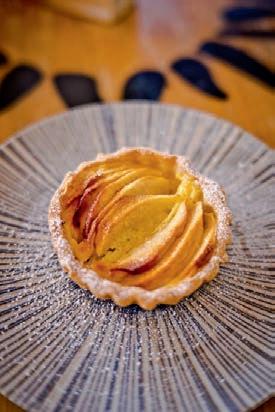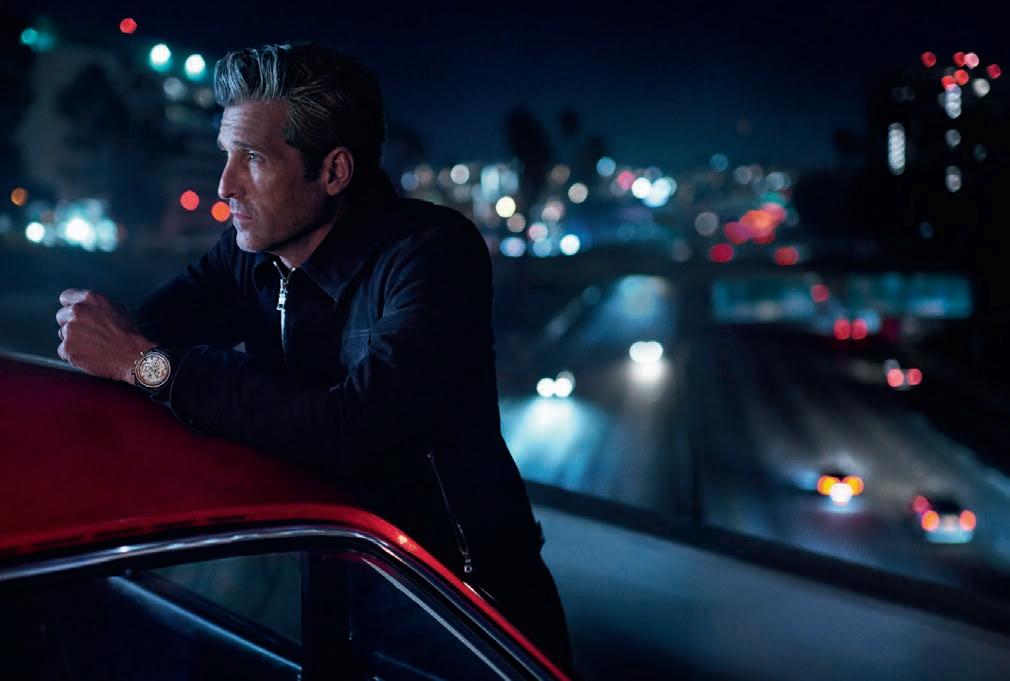



THE SOUND OF ITALY

Auf der dritten Etappe bewegen wir uns vom Süden Sardiniens entlang der Westküste bis in den Norden der Insel. Nach dem Start in Buggerru legen wir eine weite Runde durch das bewaldete Küstengebirge der Sorgente die Genn’e Mustazzu ein, rollen vom Lago Corsi über die kurvenreiche Straße bis Montevecchio und weiter zur weiten Lagune des Stagno di San Giovanni. Hinter dem Städtchen Marceddi am Nordufer führt ein ganzes Netz an Straßen durch die flache Küstenebene, wir umrunden Oristano auf gut ausgebauten Straßen und haben nun die Hälfte der Etappe hinter uns. Westlich unserer Route liegen nun viele kleine Badestrände, in den Hügeln halten sich die Nuraghen der Bronzezeit versteckt. Erschlossen werden diese Schätze durch kleine Stichstraßen, das Reich der Küste ist so schroff, dass eine größere Straße keinen direkten Weg entlang der Küstenlinie findet. Über Cuglieri und Tresnuaghes fahren wir bis Bosa, ab hier schafft es die spektakuläre Route über die wunderschön zu fahrenden SP49 und SP105 immer wieder in Sichtweite des Meers. Das Ziel der Etappe, das kleine Fischerstädtchen Alghero, liegt südwestlich der Provinzhauptstadt Sassari und unweit der Klippen des Porto-Conte-Naturparks.
On the third stage we head from the south of Sardinia along the west coast to the north of the island. Starting in Buggerru, we take a long lap through the wooded coastal mountains of the Sorgente, the Genn’e Mustazzu, rolling from Lago Corsi over the winding road to Montevecchio and on to the wide lagoon of the Stagno di San Giovanni. Beyond the town of Marceddi on the north bank, a whole network of roads leads through the flat coastal plain. We circle Oristano on well-built roads and are now halfway through the stage. To the west of our route there are many small bathing beaches, and the Bronze Age nuraghes are hidden in the hills. Access to these treasures is through small cul-de-sacs; the coastal area is so rugged that there is no way for a larger road to cut a direct path along the coastline. We drive via Cuglieri and Tresnuaghes to Bosa and from there the spectacular route over the beautiful SP49 and SP105 keeps us within sight of the sea. The final destination of the stage, the small fishing town of Alghero, is located southwest of the provincial capital Sassari, not far from the cliffs of the Porto Conte Natural Park.
Die vierte und letzte Etappe unserer Reise durch Sardinien führt entlang der Küsten des Nordens. Alghero, unser Startpunkt, ist eine Stadt mit rund 43.000 Einwohnern, deren Ursprung in einer mittelalterlichen Besiedelung Sardiniens durch das katalanische Königreich Aragon liegt. Nur wenige Kilometer entfernt finden wir mit dem Capo Caccia und der hier gelegenen Neptun-Grotte zwei spektakuläre Naturwunder, aber auch im weiteren Verlauf der Route im äußersten Nordwesten Sardiniens gibt es mit dem Capo dell’Argentiera der Landzunge zur Insel Asinara oder der pittoresk gelegenen Küstenstadt Castelsardo einiges zu entdecken. Im Landesinneren liegt Sassari, die zweitgrößte Stadt Sardiniens und Verwaltungssitz des sardischen Nordens, weiter östlich bietet sich eine Entdeckungsrunde in den Bergen zwischen Tempio Pausania, Oschiri und Berchidda an. Von hier aus rollen wir zur Nordspitze Sardiniens am Capo Testa, nach einem Besuch in Santa Teresa Gallura geht es über Porto Pozzo zur Region bei Palau – von hier sind die wunderschönen Maddalenen-Inseln an der Costa Smeralda zu erreichen. Entlang der Küste fahren wir dann zum Capo Ferro, weiter zur Halbinsel am Capo Figari und landen schließlich am Ausgangspunkt unserer Reise, dem Fährhafen in Olbia.
The fourth and last stage of our journey through Sardinia takes us along the northern. Alghero, our starting point, is a city of around 43,000 inhabitants, whose origins lie in a medieval settlement in Sardinia by the Catalan Kingdom of Aragon. Just a few kilometers away we find two spectacular natural wonders: Capo Caccia and the Neptune Grotto. Further along the route in the extreme north-west of Sardinia there is also the Capo dell’Argentiera. There is a lot to discover on the headland to the island of Asinara or the picturesque coastal town of Castelsardo. Further inland is Sassari, the second largest city in Sardinia and the administrative seat of the Sardinian north. Further east, you can explore the mountains between Tempio Pausania, Oschiri and Berchidda. From here we cruise to the northern tip of Sardinia at Capo Testa, and, after a visit to Santa Teresa Gallura we pass via Porto Pozzo to the region near Palau. From here we can reach the beautiful Maddalena Islands on the Costa Smeralda. We then drive along the coast to Capo Ferro, on to the peninsula at Capo Figari and finally end up at the starting point of our journey, the ferry port in Olbia.







